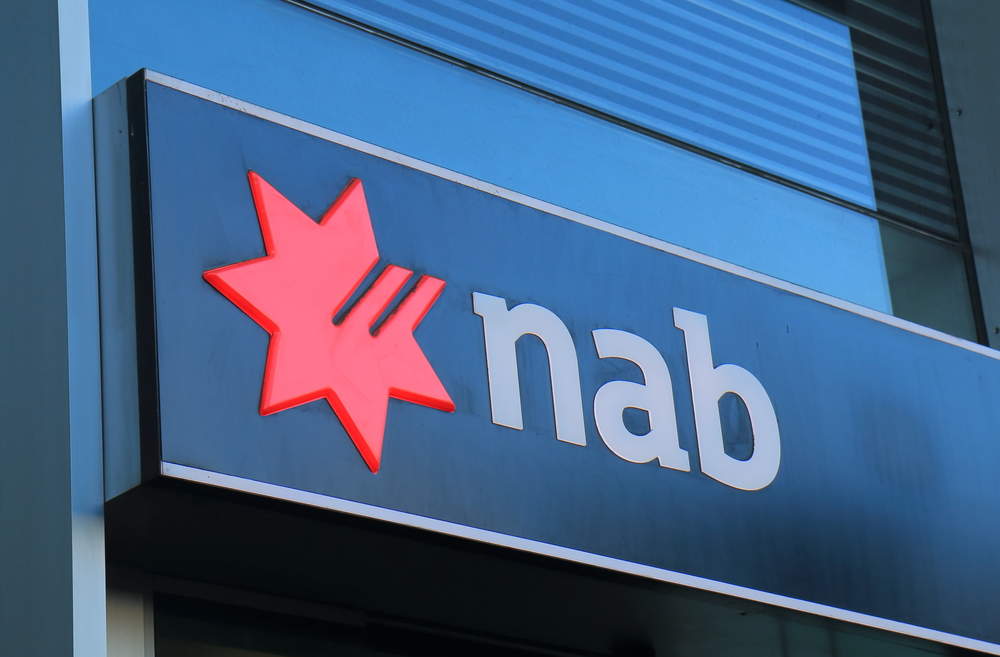By offering a long-term, flexible, but also low-cost way for consumers to draw on credit, incumbent banks can compete effectively with the likes of Klarna and Afterpay, while also benefiting from BNPL’s dissatisfied customers.
In the last few years, BNPL has become an increasingly popular way for consumers to access low-cost credit, particularly across Australia. The country’s BNPL market alone witnessed a 237% growth in 2018–19, reached 4.7 million users, and is seen as significant competition to personal loan and credit card providers nationwide.
The benefits of BNPL over credit cards at first appear clear. When used correctly, BNPL often doesn’t cost customers a single penny more, allowing them to be far more flexible about when and how much they spend.
The costs of BNPL for consumers, however, do exist, though they are well hidden. Research from the Australian Securities and Investments Commission has shown that even before Covid-19, one in six BNPL customers were in some form of repayment distress. This often manifests as consumers becoming overextended on credit overall while continuing to make their BNPL repayment to avoid late fees. The result has been a large segment of customers with high consumer-credit debt and a new lack of confidence in BNPL.
This presents a prime opportunity for incumbent banks to offer a product that can both help these customers manage their debts as well as provide an alternative to BNPL more generally.
Already, National Australia Bank (NAB) has released its StraightUp card, a concept very similar to a solution suggested in GlobalData’s Australian Consumer Credit 2019: Review, Forecasts, and Future Opportunities report. This 0% credit card lets customers borrow up to A$3,000 ($2,190), charging a monthly fee of between A$10 ($7) and A$20 ($14), though only when the card is used or has an outstanding balance. The idea is not just limited to NAB, with Commonwealth Bank of Australia expected to launch its own 0%-interest card later this year.
As well as offering the benefits that credit cards can bring, such as flexible repayment and a higher balance, the card also mimics BNPL by offering low-cost credit that only costs money when used. And given the monthly fee, those who are most likely to benefit are customers trying to manage and pay down their debts, particularly those already used to and dissatisfied with BNPL.
Banks should also consider improving this product by offering consumers an app linked to their card that uses account aggregation, helping them to manage their finances. This could provide beneficial services such as seeing when debt could be further reduced or offering extra short-term credit if the customer is in need. Such an app would also give banks an opportunity to become their primary account provider, helping to retain or attract them from BNPL.









